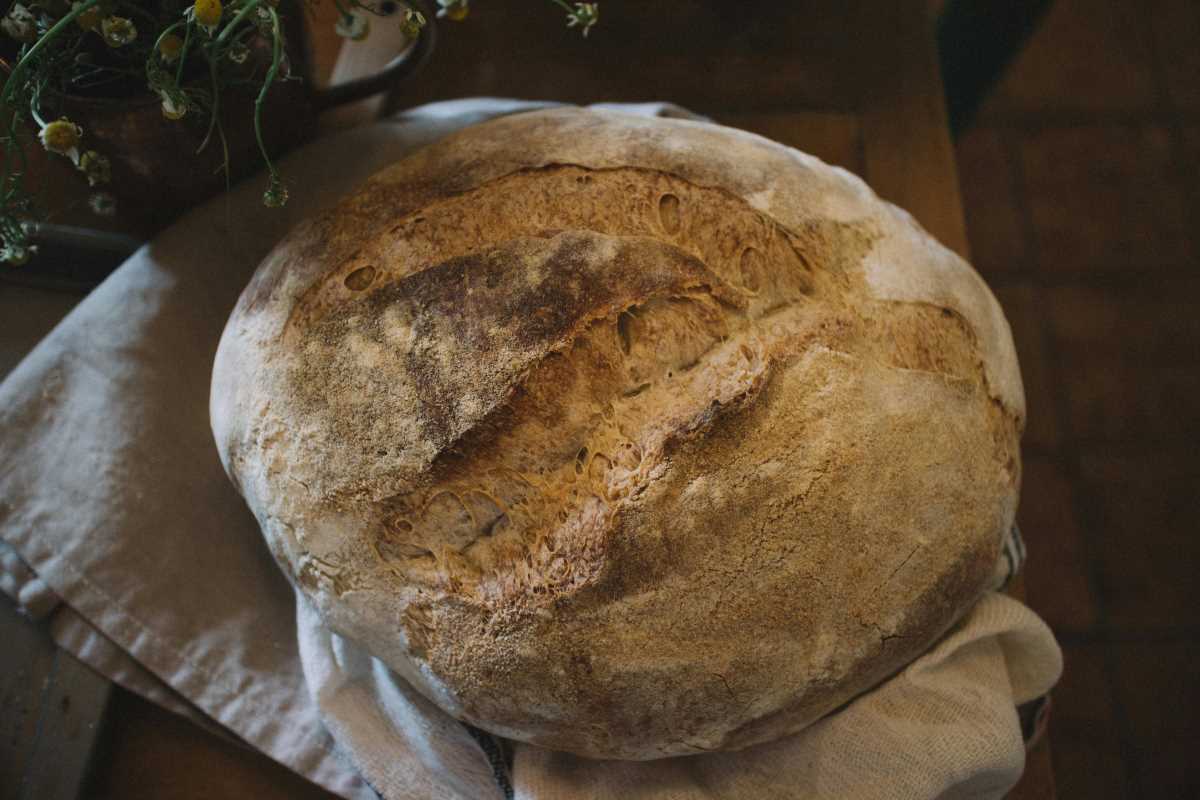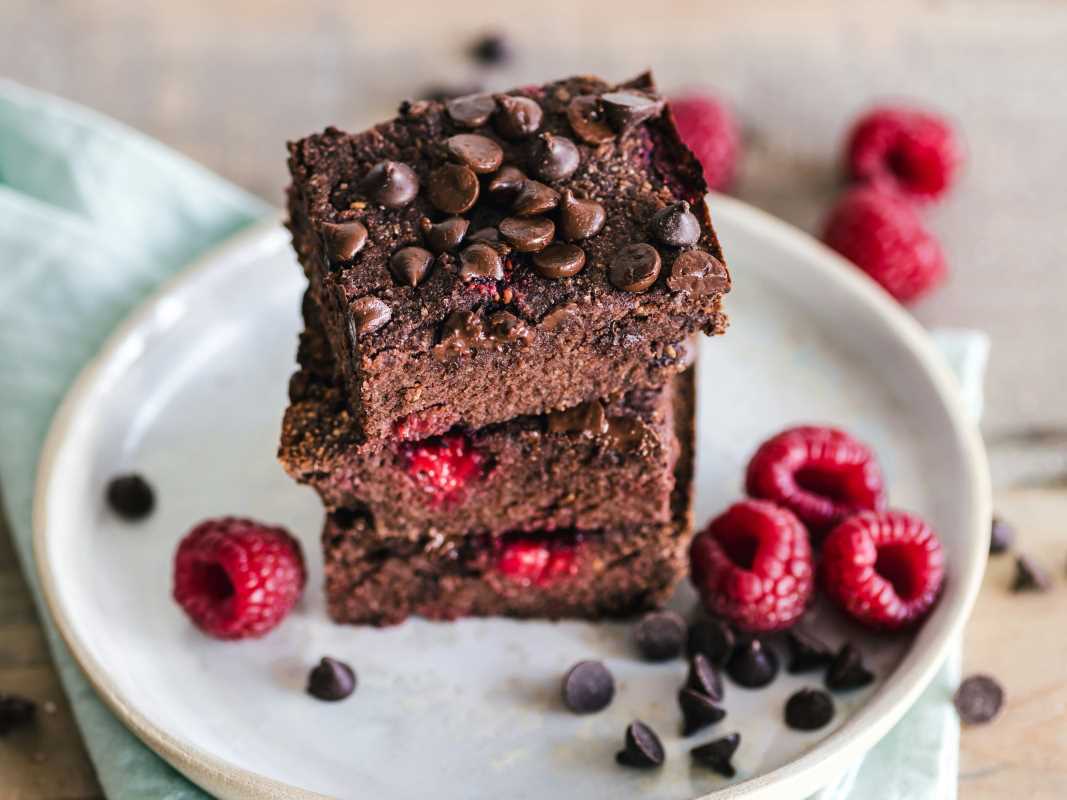Turning leftovers into new dishes adds a sense of fun and creativity to everyday cooking. You might find that last night’s rice works perfectly as a hearty stuffing for peppers, or that roasted vegetables from dinner make a delicious and colorful topping for flatbread. By looking at leftovers as ingredients for fresh meals, you add variety to your table and make the most of what you have. This approach encourages you to experiment in the kitchen while helping to cut down on food waste, allowing you to enjoy both the process and the results of your inventive cooking.
Why Leftover Creativity Matters
Every crumb you reclaim represents more than just savings at the grocery store. When you elevate scraps into dinner highlights, you reshape your relationship with food—seeing potential where most would see discard. This mindset shift brings bright new combinations to your table and lessens the environmental impact of unused meals. Embracing leftover cookery invites you to experiment with flavors that you might never have combined otherwise, creating dishes that feel both resourceful and inspired.
Turning mundane ingredients into something memorable boosts your confidence in the kitchen. You learn new techniques like quick pickling wilted greens or making a compound butter from herb stems. These small adventures build skills that go beyond any single meal, turning you into a nimble home chef who can adapt to whatever ingredients cross your countertop. The result: satisfying dinners, a smaller footprint, and a kitchen that feels alive with possibility.
Transformative Leftover Recipes
Here are five hands-on methods to reimagine common scraps so you never stare blankly at the fridge again:
- Veggie Stock Concentrate
- Purpose: Build a rich base for soups and stews.
- Steps:
- Gather onion peels, carrot ends, and celery leaves in a pot.
- Cover with cold water, add a pinch of salt, and simmer for 45 minutes.
- Strain solids and reduce liquid by half over medium heat.
- Cost/Availability: Zero cost using kitchen scraps.
- Insider tip: Freeze in ice cube trays for quick flavor boosts.
- Stale Bread Crumb Blend
- Purpose: Add texture to meatballs, gratins, or fritters.
- Steps:
- Tear bread into chunks and pulse in a food processor.
- Toast crumbs in a dry skillet until golden, stirring constantly.
- Cool and store in an airtight jar.
- Cost/Availability: Perfect for day-old loaves.
- Insider tip: Add dried herbs or garlic powder before toasting for extra flavor.
- Fruit Peel Infused Vinegar
- Purpose: Brighten salad dressings or marinades.
- Steps:
- Place citrus peels or apple skins in a clean jar.
- Fill with vinegar, seal, and leave at room temperature for one week.
- Strain and bottle the fragrant infusion.
- Cost/Availability: Nearly free with kitchen scraps.
- Insider tip: Label jars with dates and rotate infusions—ginger skins one week, pear cores the next.
- Cheese Rind Broth
- Purpose: Add umami depth to risottos and pasta sauces.
- Steps:
- Collect hard cheese rinds in a freezer bag.
- Simmer a handful in water with peppercorns and herbs for 30 minutes.
- Strain and use immediately or freeze.
- Cost/Availability: Repurposes leftover cheese with no extra purchase.
- Insider tip: Mix rinds from different aged cheeses for layered flavor.
- Herb Stem Pesto
- Purpose: Brighten pasta, sandwiches, or grilled veggies.
- Steps:
- Chop sturdy herb stems (parsley, cilantro) and pulse with garlic and nuts.
- Drizzle in olive oil until smooth but still textured.
- Stir in grated cheese or nutritional yeast if desired.
- Cost/Availability: Uses parts of herbs you’d normally discard.
- Insider tip: Freeze in small portions—also delicious stirred into soups.
Unexpected Ingredient Pairings
Sometimes the most delightful flavor revelations come from combining ingredients you wouldn’t normally put together. Try a smear of tangy labneh on leftover chili nachos, or dot roasted pears into a savory pesto pizza base. Mixing sweet and spicy elements or acidic vinegars with rich cream turns leftovers into dishes that look curated by a chef, not patched together from scraps.
Experiment by layering two sauces on a single grain bowl—perhaps a yogurt-tahini drizzle over curried lentils—and top with crunchy fried onions from your fridge. Each contrasting flavor enhances the other, creating a balanced bite that feels both bold and harmonious. Keep trying different combinations until you find flavors that linger on your palate.
Kitchen Hacks to Maximize Flavor
Organize these quick tips with bullet lists to improve everything from reheated rice to wilting greens.
- Soften leftover proteins by steaming: Fill a pot with an inch of water, place a steamer basket, and cover for two minutes to restore moisture without overcooking.
- Revive wilted greens quickly: Dunk spinach or kale into ice water for one minute, then shake dry; toss with a drop of vinegar and salt to perk up every leaf.
- Make sauces more vibrant with a splash of acid: Add a teaspoon of preserved lemon juice or unfiltered apple cider vinegar to wake up tomato or cream-based sauces.
- Add texture to bowls: Toss in a handful of toasted seeds, panko crumbs, or crisped chickpeas to leftover salads or soups for instant crunch.
- Concentrate flavors by reducing broths: Simmer until half the volume remains, then cool and freeze in small portions to add depth to future dishes.
Community and Sustainability Highlights
Sharing creative leftover recipes strengthens connections and inspires fresh cooking ideas. Repurposing food reduces waste and supports sustainability by cutting landfill emissions. By treating your fridge as a treasure chest, you add variety to meals while contributing to a movement of care and creativity.
 (Image via
(Image via





